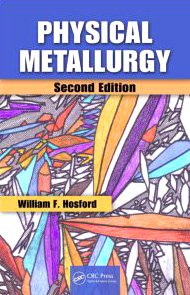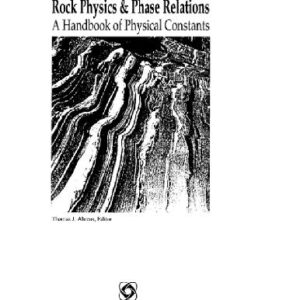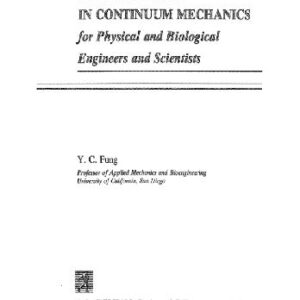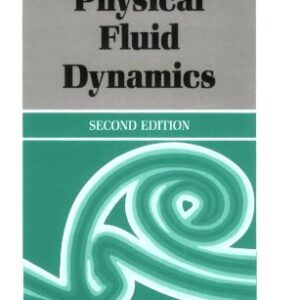For students ready to advance in their study of metals, Physical Metallurgy, Second Edition uses engaging historical and contemporary examples that relate to the applications of concepts in each chapter.
This book combines theoretical concepts, real alloy systems, processing procedures, and examples of real-world applications. The author uses his experience in teaching physical metallurgy at the University of Michigan to convey this topic with greater depth and detail than most introductory materials courses offer.
What?s New in the Second Edition:
Chapter on crystallographic textures and their influence on microstructure and properties Expanded section on aluminum-lithium alloys Information on copper and nickel Rewritten chapters on other non-ferrous metals and low carbon steels Discussions of compact graphite and austempered ductile iron Expanded discussions of cemented carbide tools Updated table on metal prices
Following an introduction to metals, the author covers topics that are common to all metals, including solidification, diffusion, surfaces, solid solutions, intermediate phases, dislocations, annealing, and phase transformations. He also focuses on specific nonferrous alloy systems and their significant metallurgical properties and applications, the treatment of steels (including iron-carbon alloys), hardening, tempering and surface treatment, special steels, low carbon sheet steel, and cast irons. The book also covers powder metallurgy, corrosion, welding, and magnetic alloys. There are appendices on microstructural analysis, stereographic projection, and the Miller-Bravais system for hexagonal crystals. These chapters address ternary phase diagrams, diffusion in multiphase systems, the thermodynamic basis for phase diagrams, stacking faults and hydrogen embrittlement.
With ample references and sample problems throughout, this text is a superb tool for any advanced materials science course.






Reviews
There are no reviews yet.